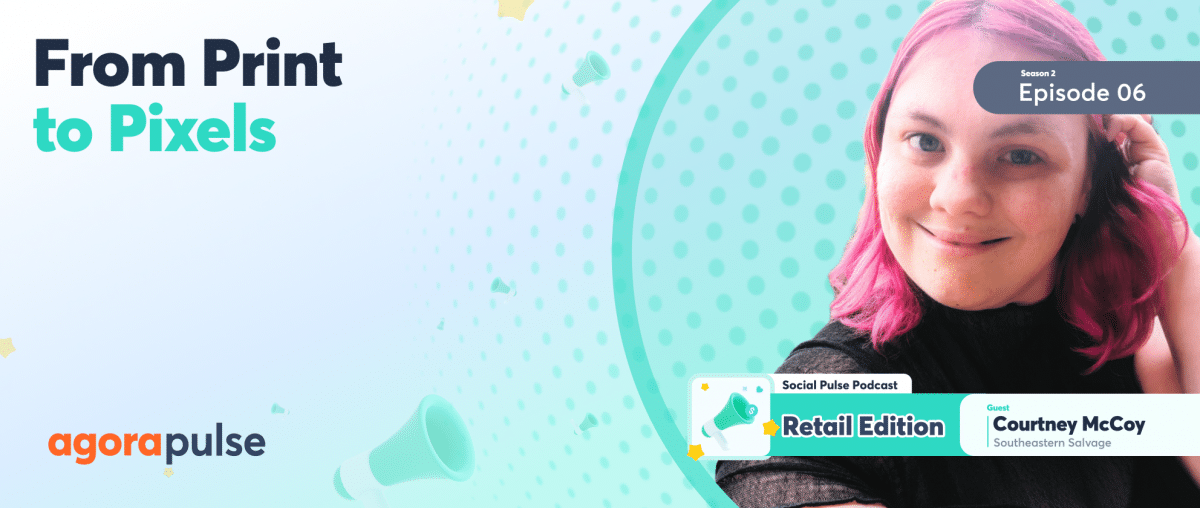There are two parts to every conversation: talking and listening. With social media, the former gets most of the attention, while the latter is really the secret to success.
Social listening is the process of monitoring social streams for content and comments relative to a specific topic of interest. It is essential to engagement with the right people, as opposed to random conversation with whoever happens by.
For B2B brands, social listening is a powerful tool to understand markets, trends and competitive issues – all factors that inform decisions about positioning and brand strategy. This is also a tool that is drastically underutilized, with recent research by Satmetrix showing that 67% of businesses have no social listening system in place.
Connection is Critical
Branding has become a contact sport: people are no longer satisfied with sitting on the sidelines receiving one-way brand communications. They want to be heard, respected and valued by the companies they choose. Like consumers, buyers and users of B2B products and services use social media to express their voice.
Social media is the ideal tool for B2B companies seeking the deeper level of connection with customers and prospects that will build their brand and drive revenue growth. Social listening, rather than broadcasting, is the best place to start this process.
Unlike the closed communications channels of telephone and email, social media provides a unique, open platform that is especially well suited for discovery. Social listening techniques are essential not only to understand your audiences, but also to find engagement opportunities that can be used to build your brand. Moreover, you can create detailed branded surveys to gather specific insights and feedback from your audience, improving your engagement strategies.
Finding Key Contacts
The first step to a strong social listening program is learning to whom you should listen and where they can be found. Social media users are often tech-savvy business professionals with the power to purchase in a B2B environment. While they tend to draw clear lines between personal and professional use, those lines are starting to blur.
With that in mind, explore each social media platform as a unique venue and learn how your customers use that site versus others. Then start identifying where the most important groups hang out and tune your social listening efforts to those channels.
Not sure where to start? Here are a few ways to find the right contacts online:
- Look for people who congregate in virtual communities to talk about a specific platform, product or service.
- Use parameters such as company, job title, industry affiliations or certifications to search for people in your target audience on a number of social networking platforms.
- Explore shared interest groups on social media platforms like LinkedIn and Facebook, Meetup group members and followers of industry blogs.
- Use Twitter to find people who are tweeting using certain hashtags to reference a product or event. (This is also a great way to find people attending an industry conference or seminar.)
Track Topics that Matter
Once you find the right contacts, set up a social listening program to monitor customer insights and feedback. Listen for mentions of your own company name and your company name paired with that of a competitor. This will uncover searches for recommendations from others, asking questions like “What’s better, Acme or Zeta?” that you can track for brand preference.
Look at the areas that are key differentiators for your brand and set up regular searches for related themes. Use the results to engage with commentators or refine your brand for better awareness.
There are a number of wonderful tools you can use for this effort. From something as simple as Google Alerts or Agorapulse to more sophisticated social listening platforms, there are resources available for B2B companies of any size.
Monitor Customer Sentiments
Put your ear to the digital ground and listen for online comments about your business, both positive and negative. Are customers talking about the quality of your service? Are they looking to buy or resell your product?
Tune in to social conversations to get a feel for how customers view your company and take the cue when it’s time to make changes, whether that means updating your brand messaging or addressing incorrect perceptions.
If you are doing things well, you will probably discover some real fans while listening for customer mentions. Inviting these brand advocates to submit online reviews, provide testimonials or participate in case studies will make them feel valued while expanding the social proof of your value proposition. Use tools like Shorby to curate and repackage your customers’ positive feedback they share on social media.
Make sure to use your case studies in email marketing and blogger outreach.
Don’t Just Sit there…Respond!
The online world is like a giant digital water cooler, where news spreads faster than the speed of light. What better place to hear about customer problems, even if they don’t come to you directly?
Customers often reach out for help through Twitter and other social media channels, especially if traditional support avenues like the call center, online knowledge center or email frustrate them. Surprisingly, 69% of B2B firms ignore these requests!
Appeals can take the form of direct contact through postings on your company’s Facebook wall or messages sent to executives through LinkedIn. Customers may also use indirect messages to garner support for their cause by posting on a blog or tweeting about their concerns.
A reputation management program can identify these messages, giving you an opportunity to step in and offer a solution. When employees are empowered to address these concerns, people will quickly spread the word that your organization cares about its customers, reinforcing a positive perception of your brand.
Be an Active Listener
Simply listening to social channels is useless if you don’t have a mechanism in place to turn what you learn into actionable information. Beyond responding to customer comments, think though how your business can integrate what it learns with brand positioning and marketing strategy, operational enhancements or product improvements.
Assimilating knowledge gained through social listening may just be the secret formula to becoming a breakout B2B brand.




